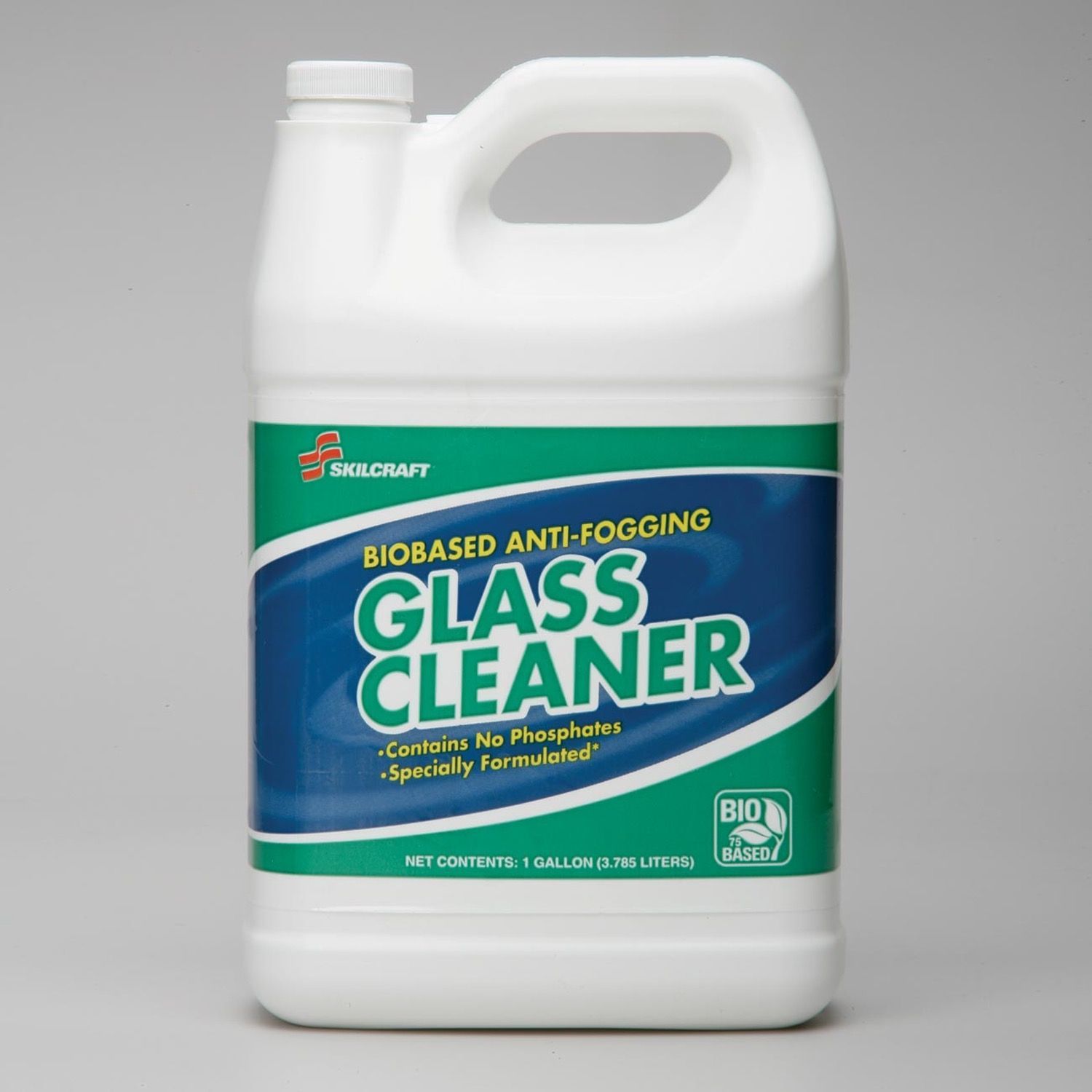

Photographs by Gregory Tobias, Chemical Heritage Foundation Collections was awarded the Nobel Prize in Chemistry in 1996 for the discovery of buckyballs and was one of many Nobel Prize winners who credit the kits for inspiring their career. Within a week, I had decided to become a chemist and never wavered from that choice,” recalled Robert F. “When I was 9 years old, my parents gave me a chemistry set. Such slogans weren’t simply clever marketing the chemistry set was indeed inspiring a generation of great scientists. The space race began and discoveries piled up-the invention of the transistor, the discovery of the structure of DNA, the creation of the polio vaccine-and the marketing of the chemistry set shifted, reflected in the advertising slogan for Chemcraft, “Porter Science Prepares Young America for World Leadership.” Following the success of the Manhattan Project, science became part of America’s identity as a world superpower in the years after the war, and government funding poured into research. World War II brought a rush of scientific research and booming times for American companies such as Goodyear and DuPont. (CHF houses one of the nation’s best collections of chemistry sets, many of which will go on display in a 2014 exhibition.) And if they could make the world a better place along the way, then even better,” says Rosie Cook, registrar and assistant curator at the Chemical Heritage Foundation in Philadelphia. “Coming out of the Depression, that was a message that would resonate with a lot of parents who wanted their children to not only have a job that would make them money but to have a career that was stable. Gilbert spent decades vying for customers with ads in kids’ and science magazines, marketing their kits as a path to a future career in chemistry. With two major makers competing for customers, the chemistry set was poised for takeoff. Prices ranged from $1.50 to $10, depending on the complexity of the kit.īy 1920, Alfred Carlton Gilbert, the inventor who struck big with the Erector Set in 1913, caught on to the trend and expanded his toy business to include selling science. area and were sold in Woolworth’s and other stores around the country. These Chemcraft kits, as they were called-filled with chemicals, labware, a balance, an alcohol lamp and helpful instructions-soon spread beyond the Washington, D.C. and Harold Mitchell Porter, started up a chemical company in Hagerstown, Maryland, and-inspired by the English chemistry kits and a new toy, the Erector Set, that was gaining popularity-were soon producing toy versions of the chemistry set with the intention of inspiring young boys in science. Simultaneously, across the Atlantic in the United States, two brothers, John J. The approach of World War I quickly dried up that supply, as manufacturers diverted remaining resources to the war effort chemistry set production declined. Many kits were assembled in England, but the chemicals came from Germany. The kits contained glassware, chemicals, perhaps a scale or a mortar and pestle, and other necessary equipment for carrying out chemical tests in medicine, geology or other scientific fields or for classroom instruction.
Skilcraft chemlab sears portable#
The toy chemistry set has its roots in late 18th- and 19th-century portable chemistry kits sold in boxes like this to scientists and students for practical use. A green label on the inside of the lid gives the original purpose of this now-empty box: “G. Seeger shows me a small, brown wooden box, circa 1845, about ten-inches square, inset with a small relief of silvery metal, depicting what appears to be a scene from a ship, with men in pantaloons holding swords.

The story of how the chemistry set rose to such prominence and then fell follows the arc of 20th-century America, from its rise as a hub of new commerce to an era of scientific discovery, and reflects the changing values and fears of the American people. The museum’s collection contains several brightly colored kits harkening from the toy’s brief heyday in the early- to mid-20th century, when the chemistry set was the must-have toy for the budding scientist. “They weren’t very good with chemistry,” Seeger says, which may explain the donor’s career choice. One of the museum’s librarians donated the kit he and his brother had played with it as children. The previous owners hadn’t let a few missing pieces stop them, though the kit was supplemented with a set of plastic measuring spoons that appear to have been stolen from a mother’s kitchen. Curator Ann Seeger pulls the mid-20th-century Gilbert kit out of a glass-fronted cabinet in the back of a cluttered storeroom at the National Museum of American History and opens the bright blue wooden box, revealing that several bottles of chemicals are missing and some vials have lost their labels. The chemistry set had clearly seen better days.


 0 kommentar(er)
0 kommentar(er)
